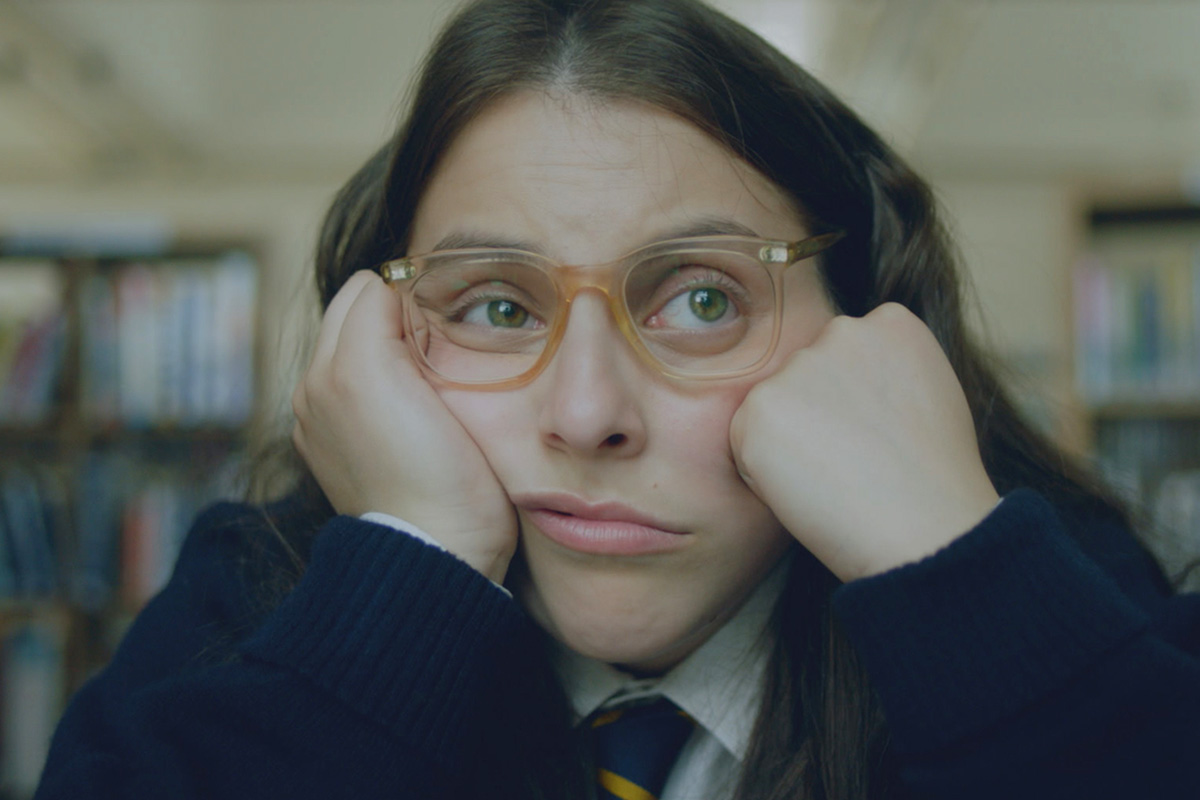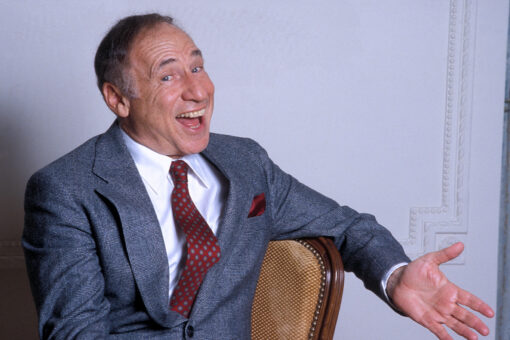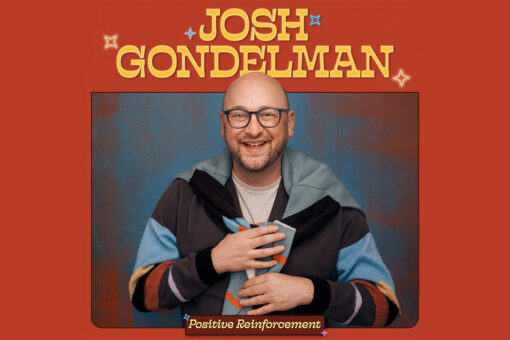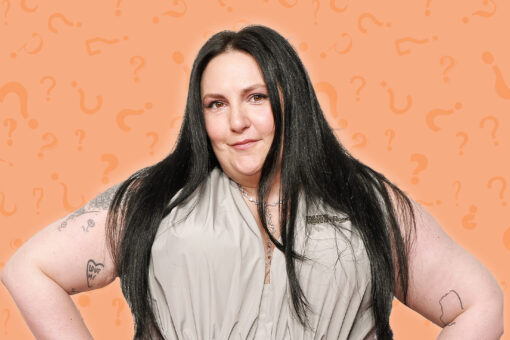If you’re anything like me, being a teenager was — how shall I put this? — the worst. A nightmare. Not only were you growing into an unfamiliar body, with new flesh in places it wasn’t before and body hair running rampant, but you had to do it under the intense scrutiny of your ruthless peers and sometimes clumsy guidance of your well-meaning family. I know back then, I could have used someone on the big screen to look up to and relate to, which is why I was so grateful to watch How to Build a Girl, directed by Coky Giedroyc and based on the eponymous novel by Caitlin Moran, which introduces the unlikely heroine I needed as a teen. Perhaps you needed her, too. If you give her a chance, she might even help you now.
In How to Build a Girl’s opening scenes, 16-year-old protagonist Johanna Morrigan sits in a Wolverhampton library, in her native British Midlands, wistfully wondering when her life will finally begin. She then runs home to her family’s council estate (state-subsidized) house, pursued by a group of bullies who call her “fatty” and “lezzer” as they fling a book at her face.
But the friendless, awkward Johanna, portrayed by a 27-year-old Beanie Feldstein in ill-fitting thrifted clothing, has one thing I didn’t have at her age: a boundless excitement for life. Of course the bullies get to her, but her curiosity for literature, writing, and, later, music — coupled with her unshakable faith that her little world will expand beyond recognition if she can just seize the opportunity when it presents itself — always wins out.
The life Johanna has been waiting for jumpstarts when she enters a contest to become a rock critic at the D&ME music paper in London. Fittingly, her entry is a critique of the eternally optimistic song “Tomorrow” from Annie. Having almost been turned away from the D&ME office when she shows up there for her interview — which she only got because the staff “didn’t think she was real” — Johanna convinces the editor that she belongs at the magazine, but only after reinventing herself as “Dolly Wilde.”
Though Dolly is a loud, flamboyant character in a signature top hat, she still has Johanna’s spirit, which the big, bad world is intent on crushing. When she files her first feature, a piece on the up-and-coming singer-songwriter John Kite (Alfie Allen), her editor tells her it’s unusable because it’s basically a love letter. Her slimy colleague Tony then sneeringly accuses her of sounding like “an excited teenage girl,” to which she promptly retorts, “I am an excited teenage girl.”
This hit home viscerally for me, as someone who spent my teenage years in France hiding the fact that I listened to pop musicians like Miley Cyrus and the Jonas Brothers from my peers. I even went so far as to rename them “Molly Simon” and “David Brother” respectively on my lime green iPod Mini so that the boys at school wouldn’t see them in there if, for some fantastic reason, they happened to steal my iPod.
Anyone who knows me knows that my love for One Direction has not dwindled one bit since they split up in 2015, yet it took me until that year, when I was 20, to actually admit that I was unequivocally a fangirl. Before this, I felt that my love for them was taboo, would harm my social cachet (exactly which social cachet that was is unclear to this day).
Johanna is destabilized by the “excited teenage girl” comment and, desperate to fit in (and literally put food on her family’s table), she gives into the pressure to skewer bands in her articles. At this point, she has let the sad, creepy, misogynistic men win.
As you might have guessed, this blip doesn’t last long. I won’t spoil too much, but one particular scene at a hot tub party solidified for me the success of the film: In what Beanie Feldstein has described as “one of the most empowering scenes I’ve ever filmed,” Johanna, dressed in two plastic bags she has fashioned into a bikini, tells her colleague Tony and his acolytes exactly where to get off. “You’re all just little boys, smashing things up,” she says. “I’m 16 and three quarters and I’m too old for this.”
For me, the significance of this 16-year-old girl giving the metaphorical middle finger to a bunch of older men and their posh girlfriends is huge. Johanna has understood something it took me much longer to grasp — that these people’s opinion doesn’t matter. Only what stirs her soul, what she truly believes in, matters.
As for Beanie Feldstein’s performance as Johanna, it’s hard to imagine anyone better suited to the role. Though the Los Angeles native actress had to spend two weeks working in a store speaking exclusively in an English accent in order to perfect her “Wolvo” twang, everything else about her character clearly comes naturally. Feldstein may have a decade on Johanna, but her facial expressions show the full range of adolescent emotion — from haughty defiance to barefaced adoration — and the actress and character share a doe-eyed outlook on the world.
Feldstein has spoken at length about the way her body is commented on and the roles she does and does not take based on their treatment of women as complex beings not defined by their looks. On that front, Johanna ticks every box, as she evolves from the invisible girl with boobs spilling out of a hand-me-down jacket to the loudest, most visible girl in every room.
If I’d had a Johanna Morrigan in my life at 16, perhaps I would have had the courage to love what I loved, loudly and proudly. Perhaps I would have known that trying to be cool is stupid and futile. Perhaps I would have gone to a One Direction concert before it was too late. All the same, I’m so glad I have her now.
How to Build a Girl is available to rent on Amazon Prime Video.
Header image via Amazon Prime Video.



